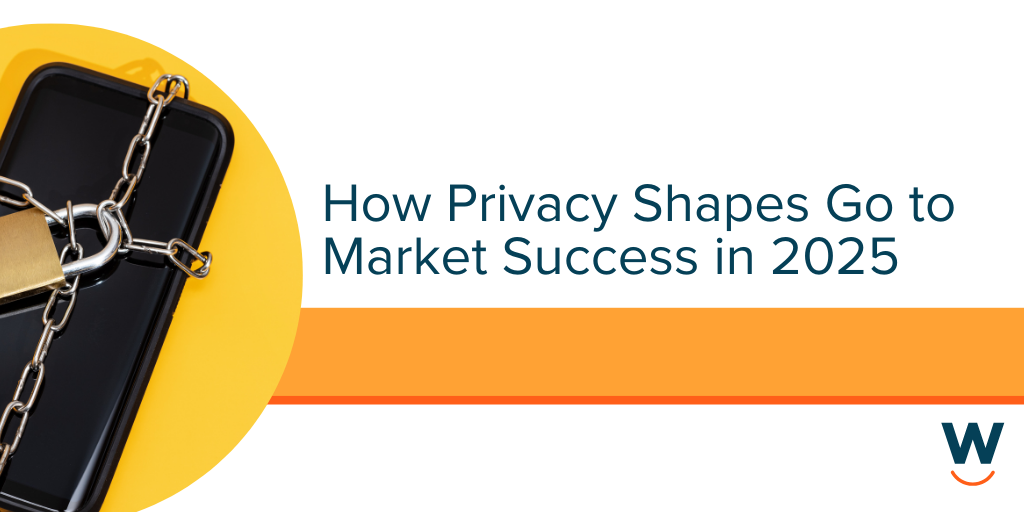
Email Marketing: From Zero to Hero
Email marketing can be one of the most effective ways for businesses of all industries and sizes to connect with their target audience, build relationships, and drive sales. With the volume of emails being sent daily, it can be hard to make yourself stand out from the crowd, but I’m here to give you some of my best tips and tricks throughout my 5+ years of being an email marketer to help you succeed and get the most of out of your campaigns.
-
Know your audience
The first step in creating a successful email marketing campaign is understanding your audience. Who are they? Are they B2B or B2C? What can you help them accomplish? What are their pain points? Creating personas for your audiences is extremely helpful in knowing how to speak to them and especially the issues they are facing. Remember, they have a problem and you are there to help them solve it!
-
Build a quality email list
When looking for new contacts, USE CAUTION. Do your research and use a reputable source for contacts like Winmo, which boasts a 98% email deliverability rate. If you source contacts from just anywhere, it will damage your email health score and reputation and could possibly land you on email blacklists.
GDPR / CCPA rules are fundamental to follow at all times. It’s vital to build a quality email list, as it’s the foundation of your email marketing campaign. Make sure that you’re only adding people who have given you permission to email them. You can do this by using opt-in forms on your website or asking customers to sign up for your email newsletter.
-
Personalize your emails
A successful email marketing campaign requires personalization. Adapt your content to the interests and behaviors of your audience by using their first name, company name, and other data you may have on them. As a result, your audience will be more engaged and you’ll be able to build a relationship with them and establish yourself as a trusted leader in your market.
-
Always send a test email to yourself first before sending
Emails can look different on a mobile device vs a desktop, so always make sure to send yourself (and a team member, if possible) a test of the email you plan to send. Mistakes can happen, and it’s best to have a second set of eyes on anything that’s going out to your prospects.
-
Use a responsive email design
Many people are checking their emails on their phones, so it’s important to use a responsive email design so your audience can read your emails. Doing this will ensure that everyone can access and read your email on any device, whether a phone, tablet, or computer.
-
Test and optimize your campaigns
In my opinion, testing and optimizing your campaigns is absolutely essential to improving your email marketing results. Test different subject lines, content, and calls-to-action to see what works best for your audience. Use A/B testing to compare two versions of your emails and see which one performs better and test email send times and send volume. (Email providers like to see patterns and consistency!) What worked last week may not work this week, so always keep an eye on your KPIs to see what direction to go in next. Email marketing is forever changing, so it’s best to be open to testing and changing your email campaigns, you’ll thank yourself later!
-
Segment your email list
Segmentation is very important when it comes to your email marketing strategy. By segmenting your email list, you can send targeted communications to specific groups of recipients. A different email could be sent to people who have already bought from you than to people who have only signed up for your newsletter. Not everyone in your audience pool should be getting the same email as they may already be a customer, or in a different market. It can help drive sales and increase engagement.
-
Provide valuable content
Your email marketing campaigns should provide value to your audience. This could be in the form of educational content, exclusive offers, or behind-the-scenes insights. By providing value, you’ll build trust with your audience and increase the likelihood that they’ll continue to engage with your brand. When you provide value to your audience, you will become a trusted source in your field and soon, your audience will rely on you for the most up-to-date information. Become the leader in your space by providing your audience with the most enriching content possible.
-
Stay off of Blacklists
Blacklists are like the “Avada Kedavra” of email marketing, but that doesn’t mean the end if you happen to end up on one. It happens to all of us! To prevent this, keep a predictable email pattern going, don’t spam messages, and do NOT send to those who have opted out of email from you. Get signed up with an email marketing provider like Hubspot, Pardot, ConstantContact, etc. as that will help you as well. Not every business needs a dedicated IP for email marketing, but I highly recommend it as it ensures you are the only one in charge of your reputation and email health. A dedicated IP will come in time as your company grows and as your email volume grows, but if you can get one now, I highly suggest it.
-
Write eye-catching subject lines
The subject line is the first thing your prospect will see before they open the email. Make it intriguing to the mind and to the eye when writing. I’m a fan of using emojis in subject lines, but not every email marketer feels that way. A/B test your subject lines with your audiences to see what resonates whether that be long or short subject lines, emojis or no emojis, or even personalization. All audiences respond differently to different kinds of content, so ensure you’re doing plenty of testing in your campaigns.
-
Include a clear call-to-action
Every email that you send should have a clear call-to-action (CTA). Whether it’s encouraging people to visit your website, make a purchase, or sign up for a webinar, your CTA should be clear and prominent. Test your CTAs as often as possible to keep things fresh and interesting in your email campaigns.
-
Monitor and analyze your results
Last but not least, your email marketing results should be monitored and analyzed. By doing this, you can identify which campaigns are performing well and which are not, and make informed decisions about them. To measure success, take a look at metrics such as CTA clicks, replies, click-through rates, and conversion rates. Keeping an eye on engagement is also important, especially with Apple’s new email policy making it harder to tell what is working and what isn’t. Apple’s Mail Privacy Protection feature will make it challenging for senders (AKA you) to track email opens, a key metric for engagement management since mailbox providers began tracking engagement. This is because Apple generates fake opens for every email received by users who have enabled Mail Privacy Protection, making it challenging to identify inactive subscribers accurately.
Email marketing doesn’t have to be challenging or a chore. I’m a bit biased here, as it’s my favorite thing about marketing, but if you follow these best practices, you’re sure to see growth and great results in no time at all. If you’d like a little inspiration, I’ve written some email templates specific to those using or looking to use Winmo.
Happy prospecting!





